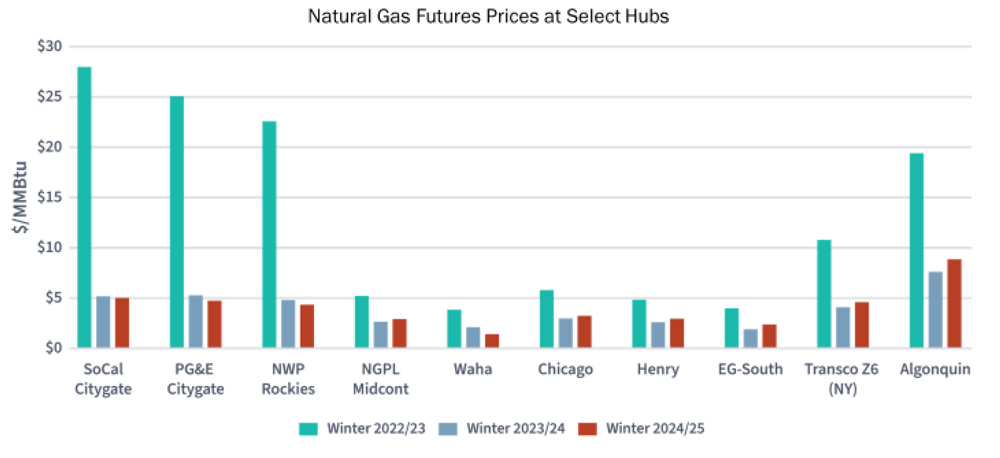The West-Wide Governance Pathways Initiative’s Launch Committee voted Nov. 22 to approve the group’s “Step 2” proposal to create a new Western “regional organization” to provide independent oversight for CAISO’s Western Energy Imbalance Market (WEIM) and Extended Day-Ahead Market (EDAM).
The proposal passed on a nearly unanimous vote, with one abstention by committee member Britney Morgan, a regulatory consultant with Arizona Public Service, who said while APS agreed the plan represented “incremental” progress toward the goal of bringing independent governance to CAISO’s markets, it did not meet the utility’s standard for independence.
APS has been a funder and strong supporter of SPP’s Markets+, which is competing with EDAM for participants.
Other committee members were effusive in their praise for the proposal, with some citing that incrementalism as benefit for a Western region that has been historically suspicious of developing a centralized market, while others noted the “diversity” of interests that came together to develop the plan.
“Because the proposal creates a Western entity staffed by Western people, we strongly support this proposal as the best option for all of us,” said committee member Ben Otto, speaking on behalf of the Northwest Energy Coalition, an ardent EDAM supporter.
RTO Insider will follow up with a more detailed story about the vote and related discussion.
The vote came two days after Pathways received a significant financial boost from the U.S. Department of Energy, which awarded nearly $1 million to underwrite its efforts to establish a Western “regional organization” (RO) to oversee CAISO’s Western Energy Imbalance Market and Extended Day-Ahead Market.
The award was issued through the Pathways Initiative’s philanthropy advisor Global Impact, which the group’s Launch Committee partnered with earlier in 2024 to secure outside funding for its operations, which so far have been supported by donations — and volunteered staff — from its participants.
The award was part of nearly $10 million the administration granted to six projects nationwide intended “to improve state and regional engagement in wholesale electricity markets.”
An abstract of the application Global Impact submitted to the DOE’s Grid Deployment Office shows Pathways applied for $985,109 over two years to “support stakeholder convening, materials development, facilitation and personnel costs to achieve the goals of Phase 3 of the initiative,” which will include “refinement and formalization” of the RO’s stakeholder process, creation of “final governance documents and tariff language” for the RO, and identifying and hiring of the RO’s board and initial staff.
The most recent spreadsheet posted on the Pathways website in August shows that five organizations have committed to fund the second and third phases of the effort, including Clean Energy Buyers Association, California Community Choice Association, Balancing Authority of Northern California, Western Freedom, Microsoft and Amazon.
The Pathways Launch Committee’s “Step 2” proposal released Nov. 15 said the RO, to be established next year, would start out with “limited staffing” on an estimated budget of $1.25 million to $1.5 million, which eventually could increase to $10 million to $14 million. (See Pathways Initiative Issues Final ‘Step 2’ Proposal.)
The proposal also said the committee recognized that startup funding for the RO likely will “be required before any market supported funding is available” and that due consideration “should be given to identifying funding that would not be considered as compromising [RO] Board independence.”
“The recommendation is to consider sources such as DOE grant funding or ongoing support from the Pathways Initiative 501(c)(3) funding via Global Impact,” the Launch Committee wrote in the proposal. “There was little stakeholder comment on this recommendation, though general support existed.”
The award represents a sharp turnaround for Pathways, which earlier this year was rejected for $800,000 in DOE grants because the agency said it lacked details about the scope of activities to be covered by the funding, which would have been dispersed in $400,000 tranches over two years. (See Pathways Initiative Rejected for $800K in DOE Funding and Past Opponents Now See Legislative Pathway to CAISO Regionalization.)
